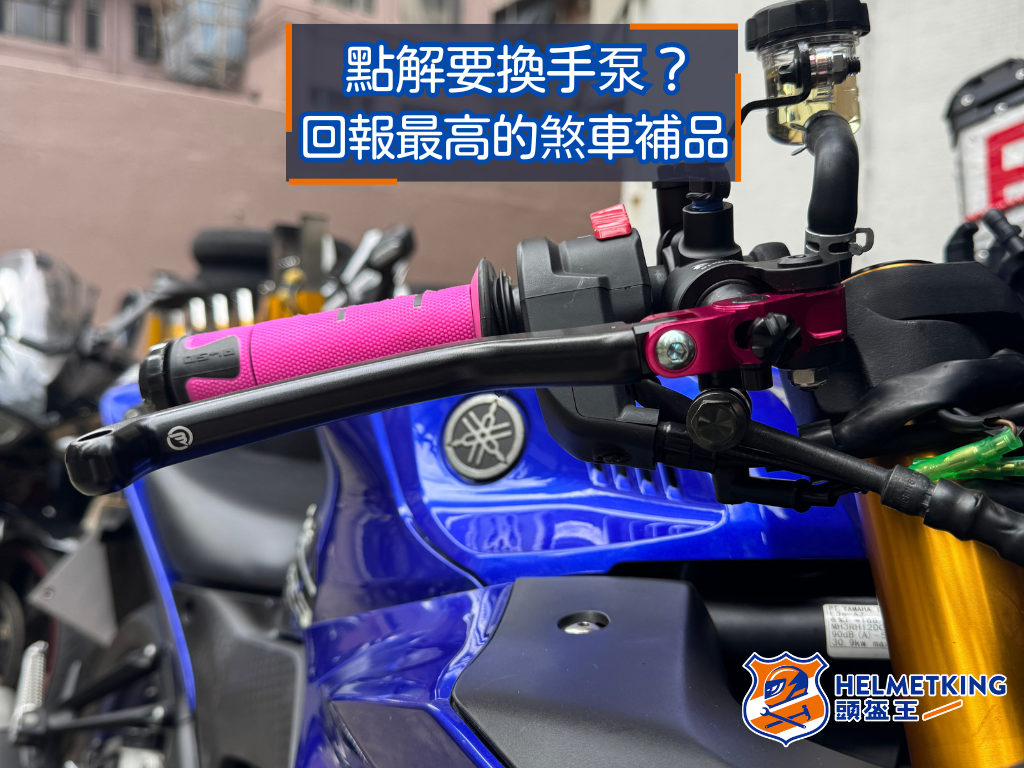
[Modification DIY] Why Upgrade Motorcycle Brake Master Cylinder?
on 2025-12-14
2023-05-14
Motorcycle self-driving tours are becoming increasingly popular, especially after the COVID-19 pandemic and lockdowns. Enjoying the freedom of the open air in unfamiliar places while riding a motorcycle is truly exciting. However, to ensure a safe and enjoyable journey, it is important to make thorough preparations in advance. Here is a long-distance motorcycle self-driving guide specifically designed for beginners, hoping to help you better plan and enjoy this adventurous trip!
When it comes to motorcycle self-driving, the most important thing for the entire journey is choosing a motorcycle that suits your travel needs, depending on the destination and planned route. A comfortable, high-performing, and reliable motorcycle will ensure safety and enjoyment throughout the trip.

Naked Bike: Emphasizing practicality and maneuverability, naked bikes usually have integrated, flatter seats and high handlebars, providing a more natural riding position. Naked bikes offer higher flexibility, easy handling, and a wider range of engine options. Riders with less experience and smaller body size are recommended to choose motorcycles with smaller engine displacements (cc), as they are generally lighter and easier to handle (in case of a fall, it's easier to pick up, lol).
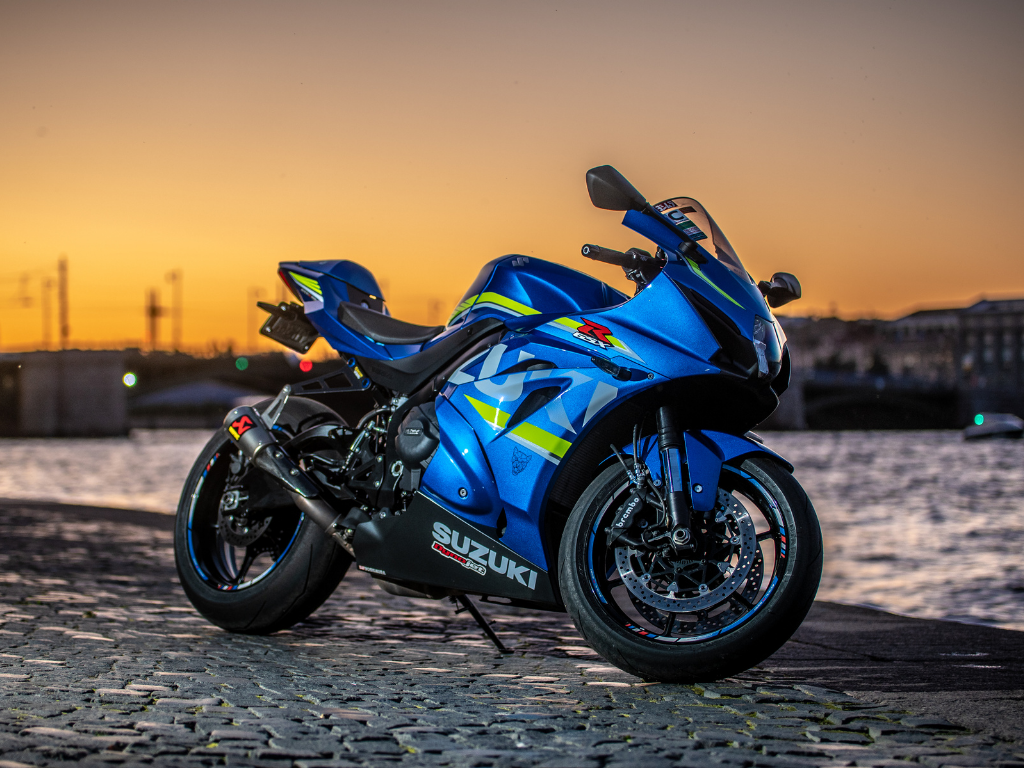
Sport Bike: Designed mainly for racing and speed performance, sport bikes excel in acceleration, braking, handling, and cornering. They have a high seat height, low handlebars, and a leaning-forward riding position, which can be uncomfortable for long rides. It is not recommended for long-distance self-driving unless you are willing to sacrifice comfort for style.
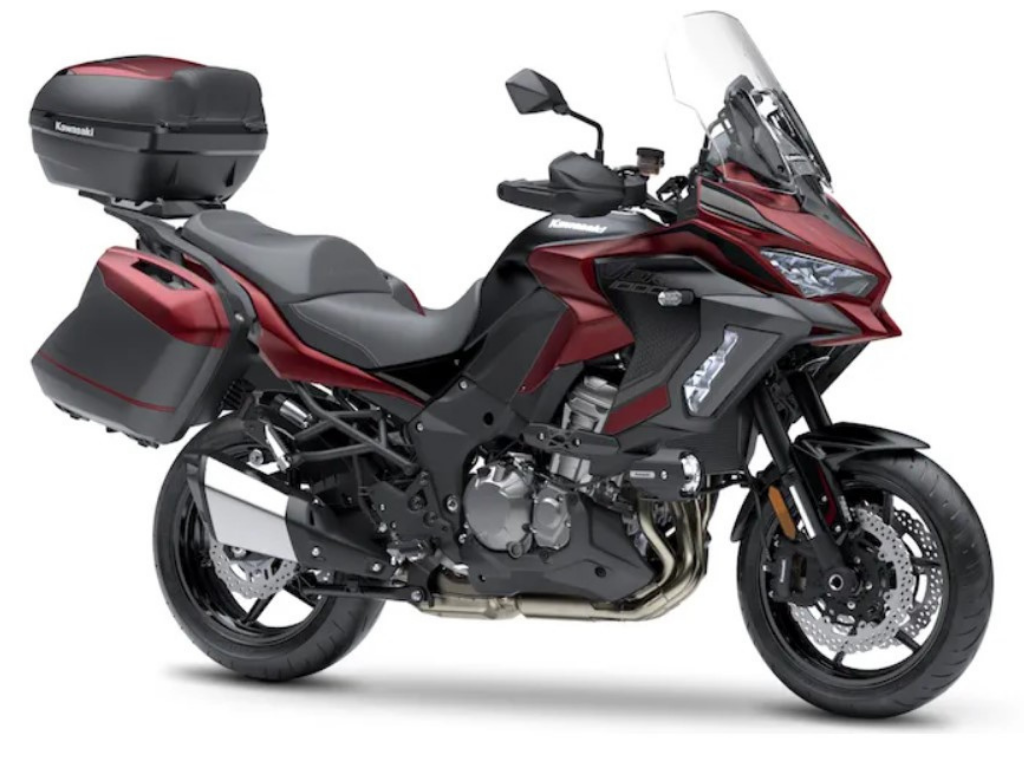
Touring Bike: These motorcycles are specifically designed for long-distance travel, usually equipped with larger engine displacements and fuel tank capacities. Some touring bikes come with storage spaces such as top cases and side panniers, along with streamlined windshields, providing good protection and a more comfortable riding posture for riders and passengers. However, it's worth noting that touring bikes are generally heavier and slightly less maneuverable.
Adventure Bike: Similar to touring bikes, adventure bikes are equipped with long-travel suspension and multipurpose tires, making them suitable for more challenging environments such as off-road and rugged mountain roads.
Cruiser: Originating from the United States, cruisers are heavyweight motorcycles characterized by low-end torque output and large engine displacements. Some classic models even have extremely long front forks and backrest-equipped seats. Similarly, cruisers have heavier bodies and less maneuverability, making them suitable for long-distance highway travel.
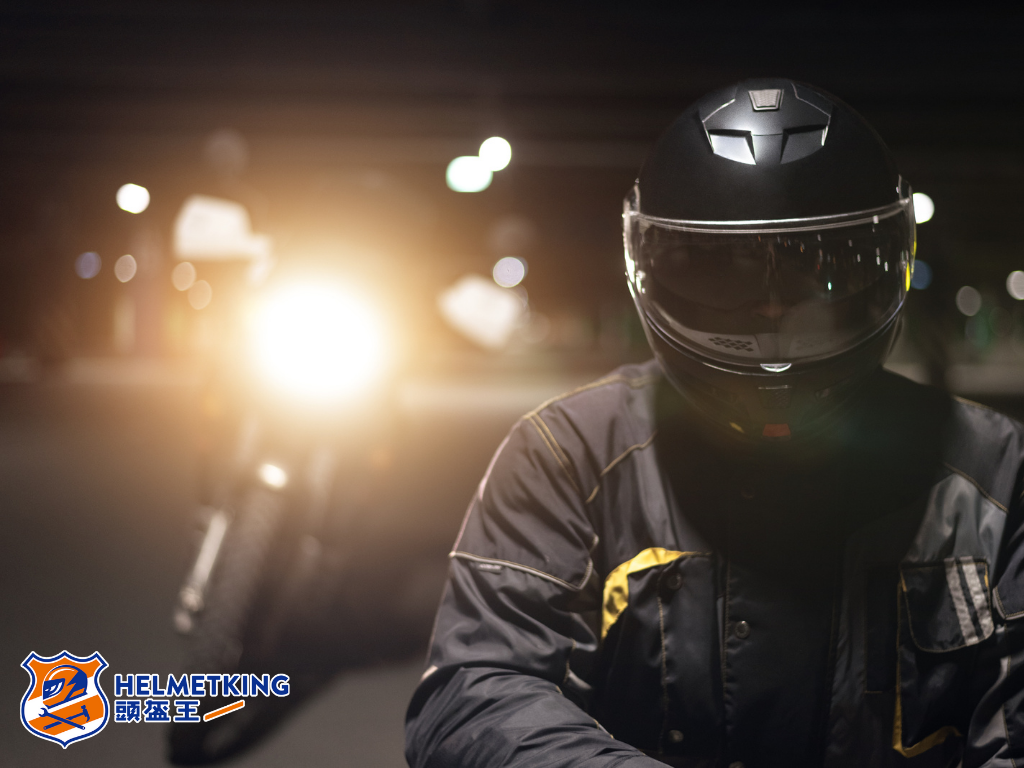
Safety Helmet: Choose a helmet that is comfortable, well-fitting, and provides good ventilation. Otherwise, wearing it for a long time can be very uncomfortable. The SCORPION EXO-1400 AIR CARBON MONO is recommended by helmet enthusiasts.
Helmet Visor: Ensure protection against sand, insects, and sunlight.
Protective Gear: For long-distance rides, the chances of encountering accidents may increase. It is highly recommended to wear professional motorcycle protective clothing, such as the FURYGAN MYSTIC EVO JACKET 6410.
Gloves: Choose gloves with high breathability and preferably with touchscreen-friendly fingertips, allowing you to operate your phone without taking off the gloves. The FURYGAN JET D3O is an example.
Rain Gear: No need for further explanation, right? (laughs)
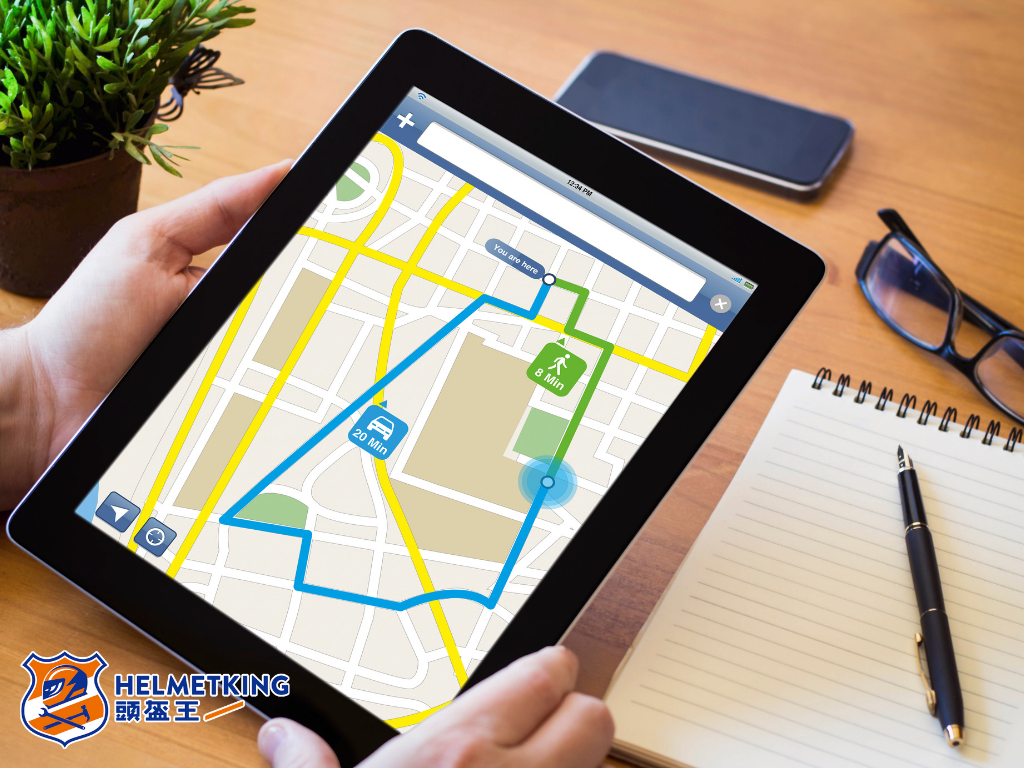
There's no need to overly plan every day or every point in detail. Start by planning the approximate mileage and endpoint for each day, taking into consideration factors like unexpected detours and delays. Remember, traveling is for enjoyment, not just rushing from point A to point B. So plan shorter routes and randomly include interesting attractions and activities along the way to make the entire journey more enjoyable.
Next, design a rough route with a general direction and some desired stops. Ensure your navigation is ready before departure, whether it's a GPS navigation device or a smartphone. Also, make sure to download the latest maps and be aware of the specific locations of each rest stop for the day, so you can easily find them when needed.
Long-distance motorcycle self-driving requires a certain level of physical fitness. Prior to departure, engage in appropriate warm-up exercises and stretches to improve flexibility and endurance. During the journey, maintain good sleeping habits and avoid staying up too late. Also, ensure you have an ample supply of drinking water and dry food before setting off.
Conduct a comprehensive check and maintenance of the motorcycle before each day's ride, including inspecting the tires, brakes, and other components, to reduce the possibility of breakdowns during the journey.
During the self-driving process, various unexpected situations may arise, such as tire punctures and mechanical failures. Learn in advance how to handle these situations and carry necessary tools and equipment with you, so that you can quickly resolve problems when needed.
In case of emergencies, it is important to know how to seek help immediately. Prior to your trip, familiarize yourself with the local emergency hotline or helpline numbers so that you can quickly contact authorities for assistance when needed. Also, make a note of the contact information for the rental company or the host of your accommodation, as they may be able to provide assistance when you need it.
During your journey, you will be passing through different cities and regions. It is important to respect the local culture and customs, follow traffic rules, and show respect to the local residents. Remember, you are not only representing yourself but also your place of residence. Your actions and behavior directly impact the impression that locals will have of your hometown or country.

on 2025-12-14
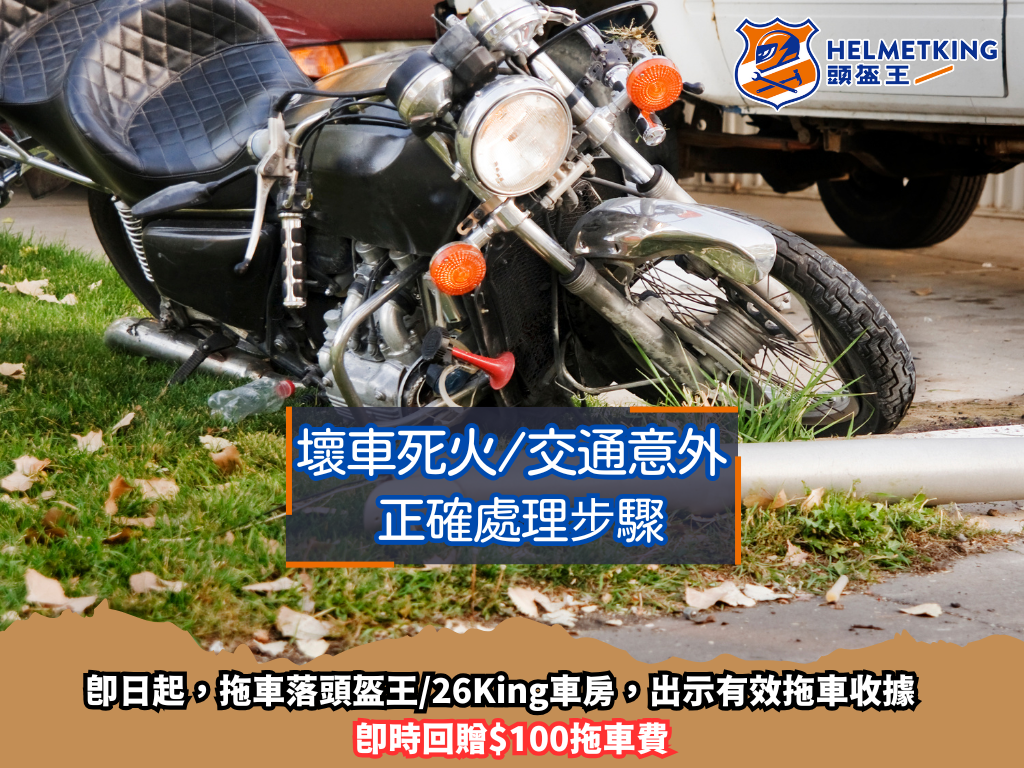
on 2025-12-11
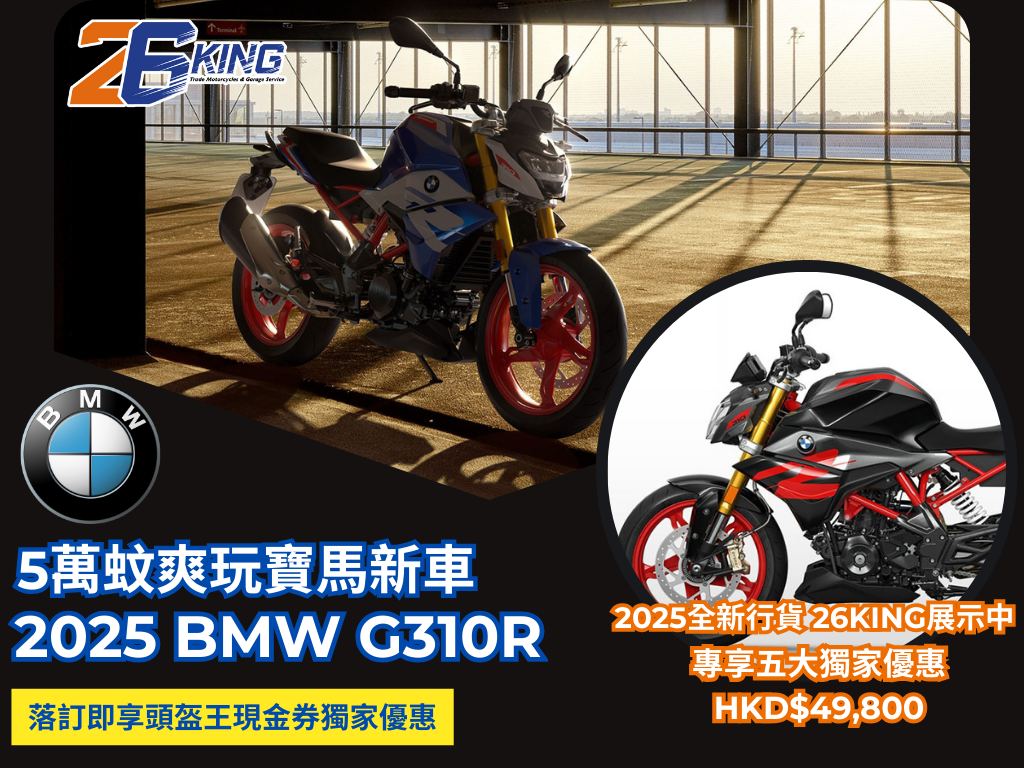
on 2025-12-07

on 2025-12-04
